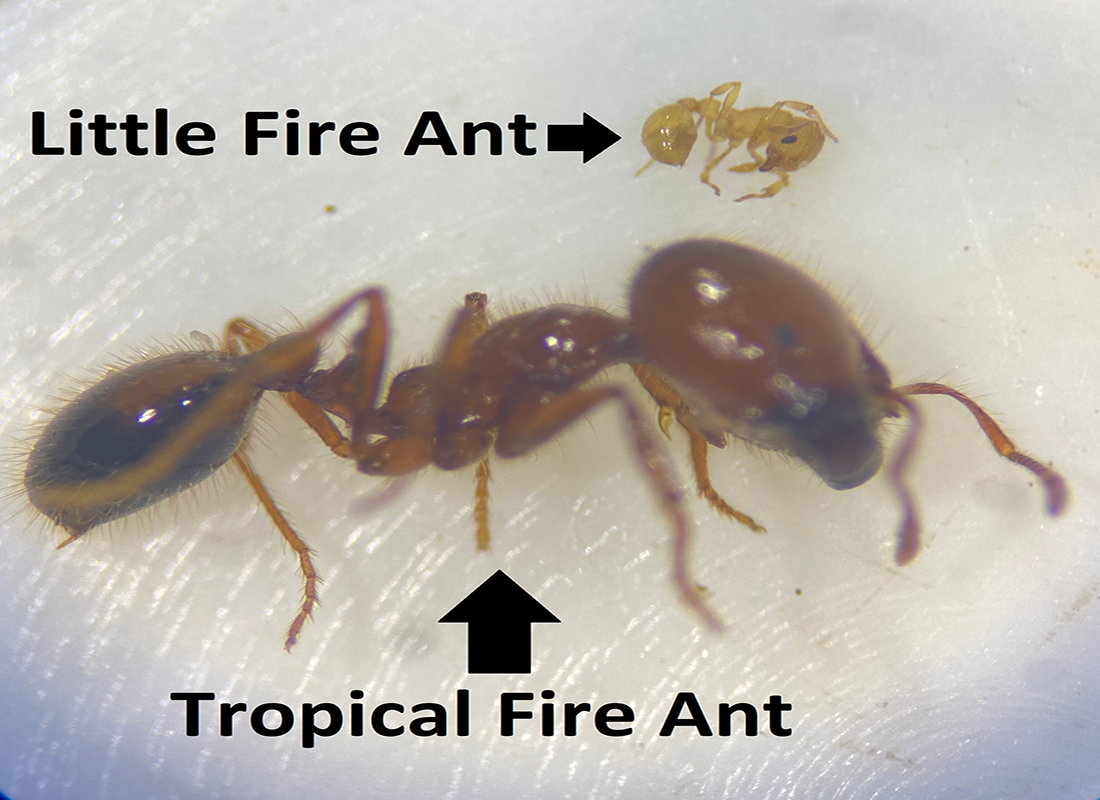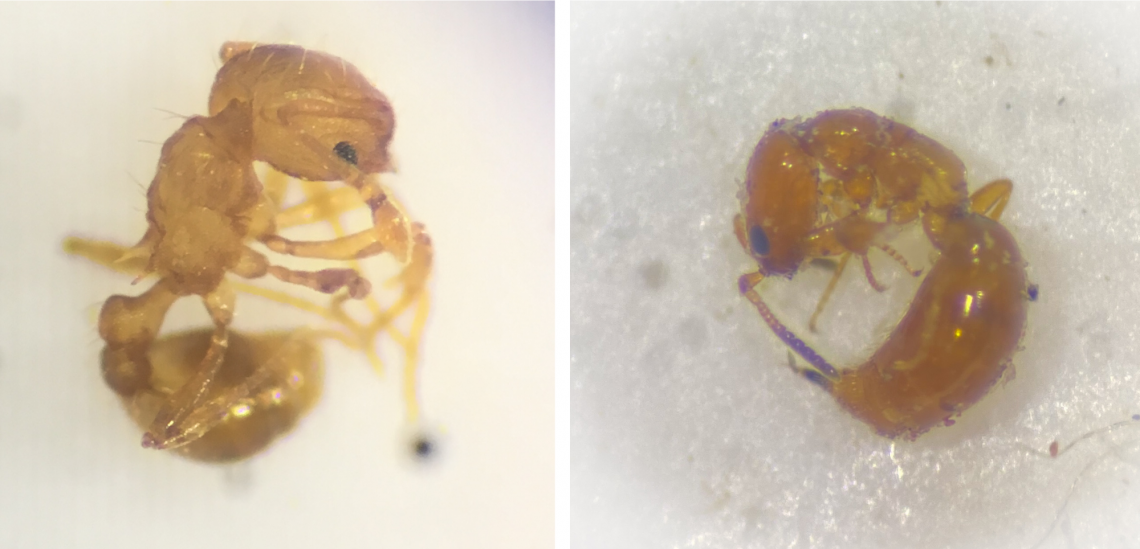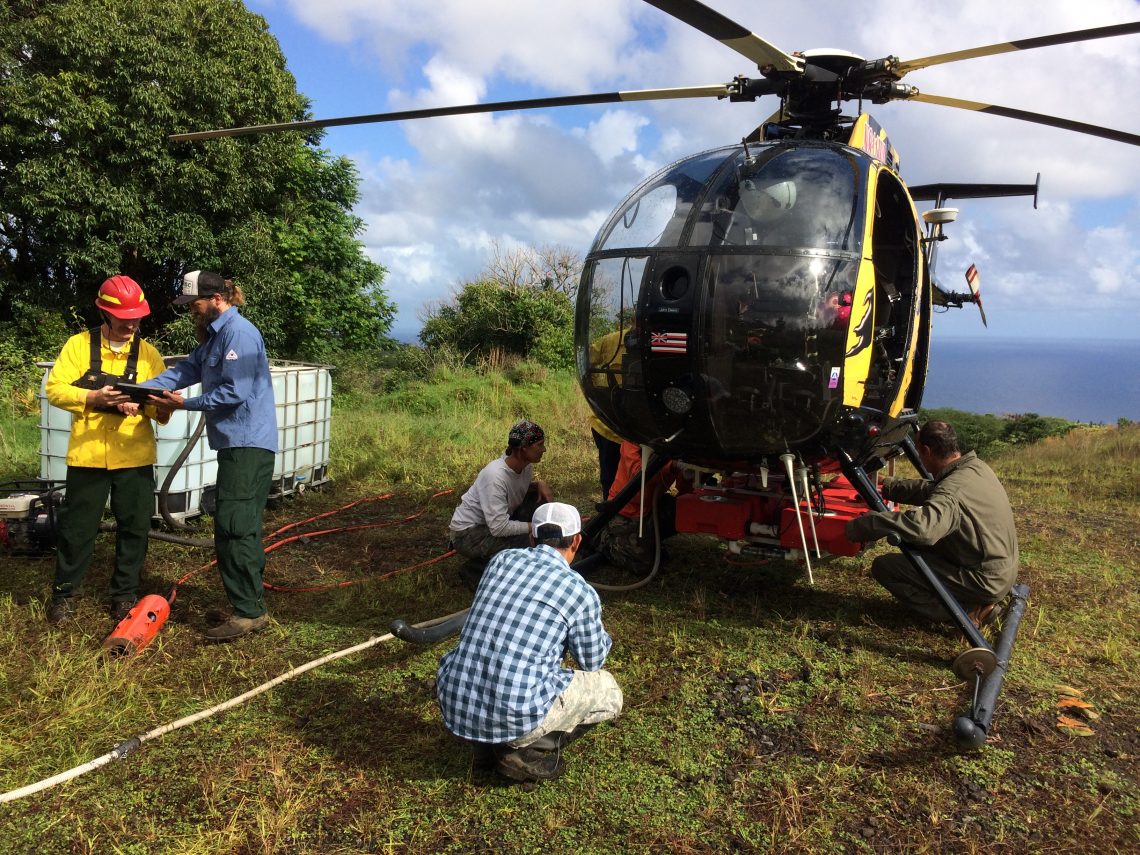By Monte Tudor-Long If you list the different birds in your yard, you might come up with 15 to 20…
Read More
little fire ant
Not All Fire Ants Are The Same
It’s a familiar feeling many of us have experienced. You may have been picnicking in a park, loading up a…
Read More
The Case of the Stinging Hitchhiker
In March of this year, a Lahaina couple reported a stinging but slow-moving, tiny ant- armed with a large stinger…
Read More
Little Fire Ants – April/May 2020
Since April and through May, the MISC little fire ant crew has been working on the following surveys and treatment: …
Read More
The little fire ant (LFA) has been detected on the campus of Lahainaluna High School
Date: May 05, 2020 FOR IMMEDIATE RELEASEContact: Lissa Strohecker, Public Relations and Educational Specialist Adam Radford, MISC Manager, Maui Invasive Species…
Read More





